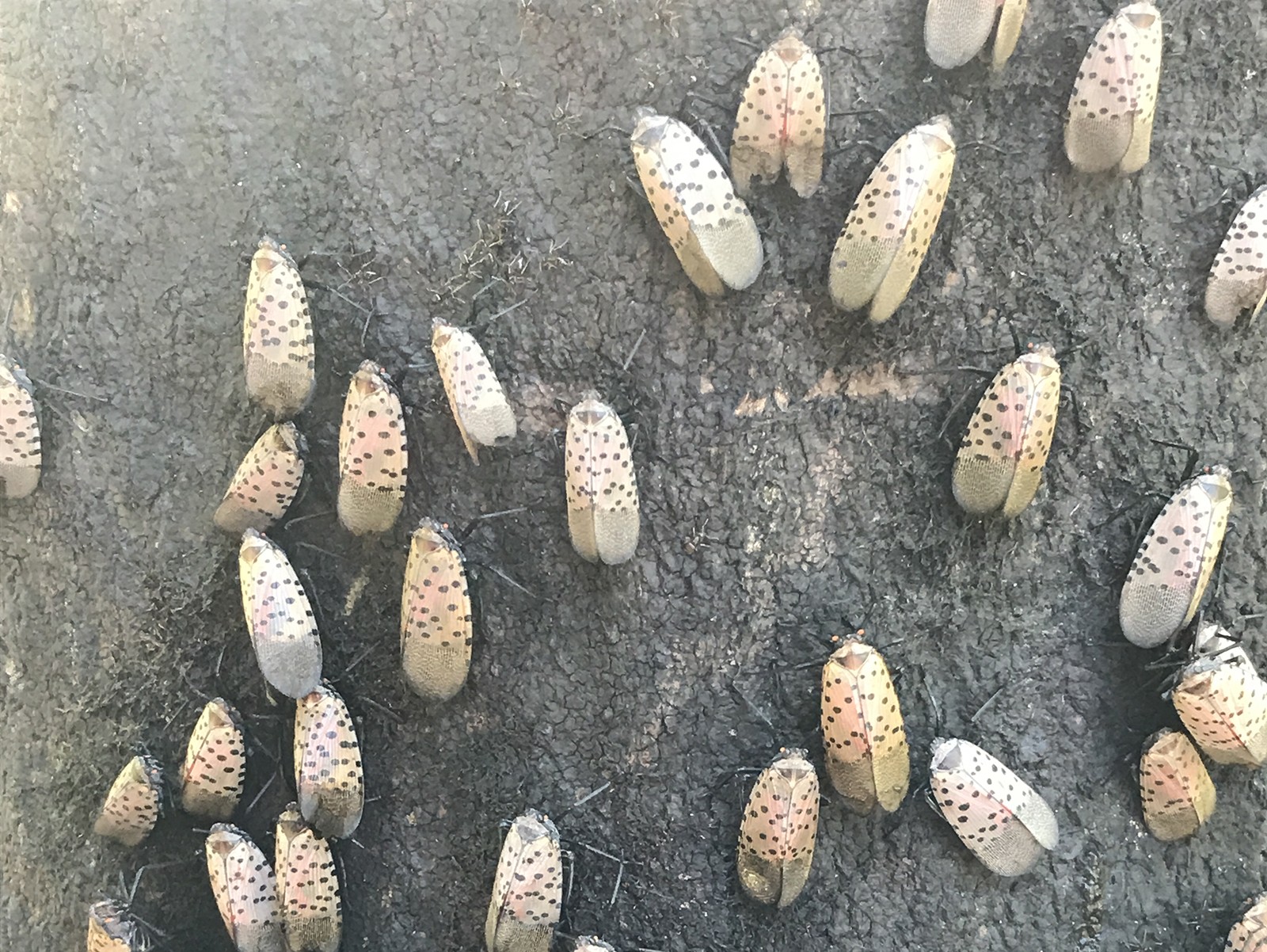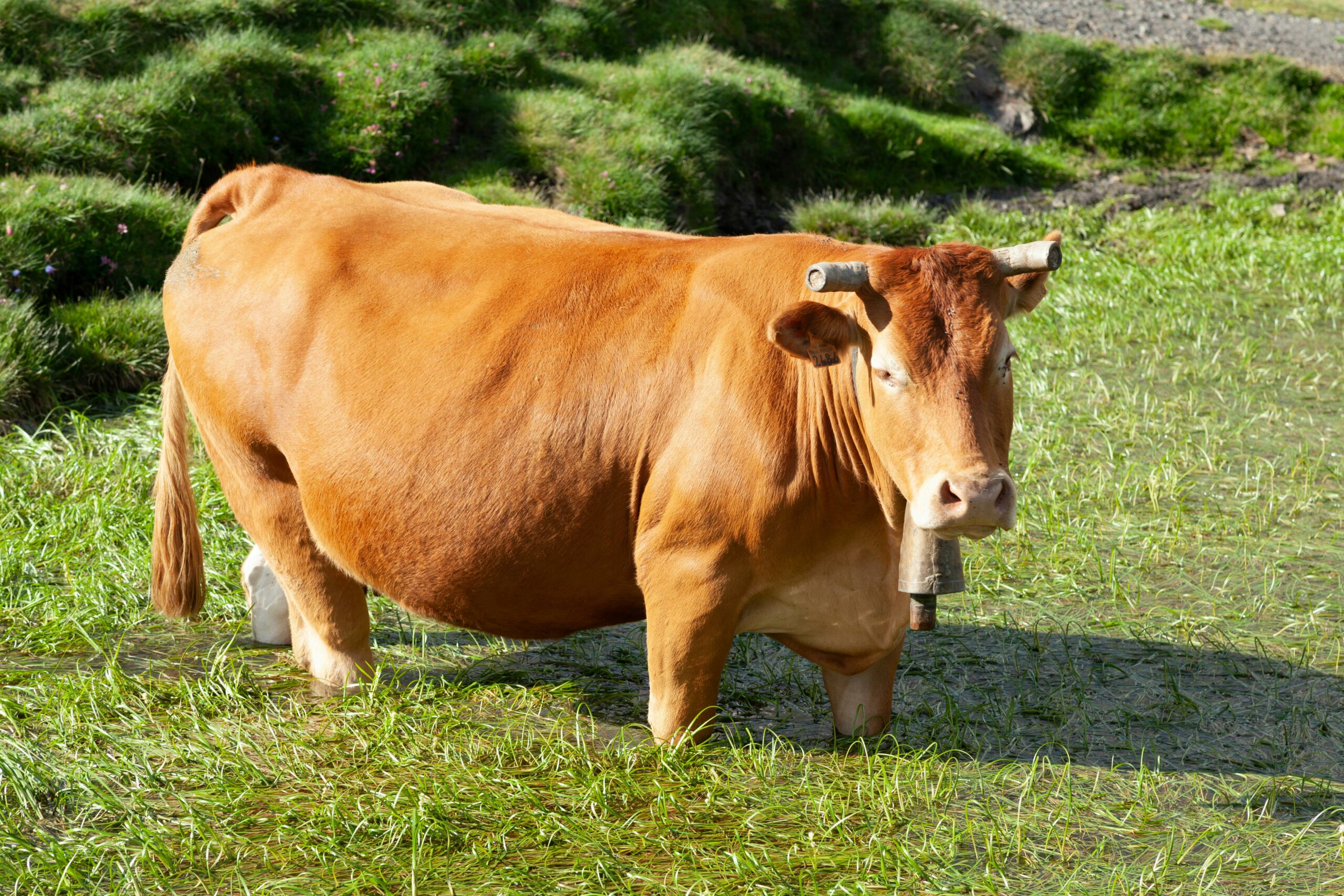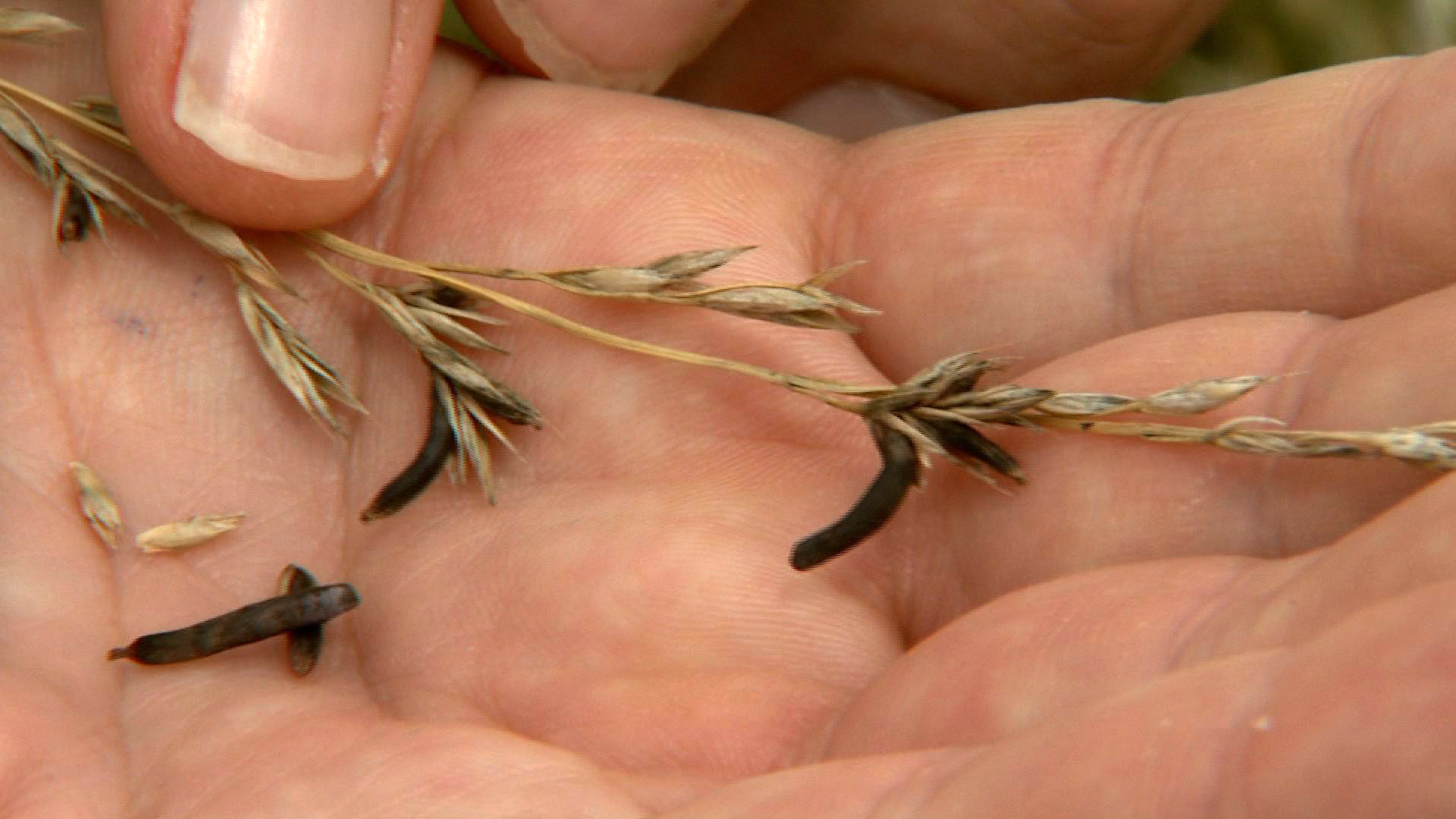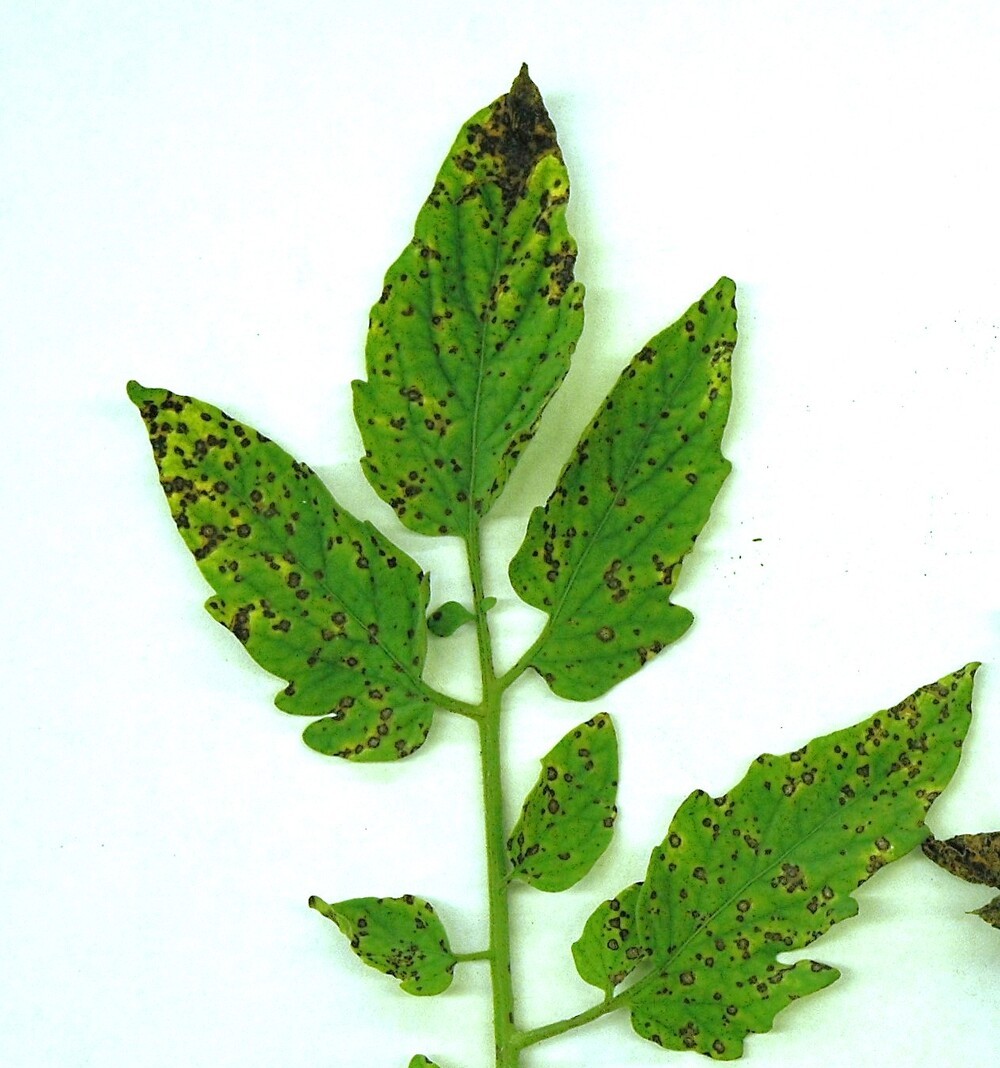MACOMB, Illinois. My first inquiry concerning Japanese beetles was just sent to me. Plants, insects, illnesses, and numerous other natural processes emerge, develop, and finish their life cycles throughout a growing season. How can we predict when Japanese beetles will appear? Or borers of squash vines? We can utilize weather data to assist answer these issues.
Plants blossom quicker and insects emerge sooner when the weather warms up rapidly. During a growing season with cooler temperatures, the contrary may also be true. Heat is fundamentally equal to energy and is the main force behind life cycles on Earth.
In Illinois, a technique known as Growing Degree Days (GDD) is used to monitor this buildup of heat. GDD assists us in forecasting the emergence of specific insects, the blooming of plants, and the potential occurrence of diseases.
We typically start recording the units on March 1 with a base temperature of 50 degrees in order to measure GDD. A growth threshold is the basic temperature. As an illustration, let’s look at insects. Since they are cold-blooded animals, temperature has a significant impact on their growth and development. The temperature below which no growth or development occurs is known as the basic temperature. The insect will hatch, grow, consume, mate, and lay eggs within the ideal range above the basal temperature. We can forecast weed, disease, and insect activity by computing GDD.
There are several methods for figuring out GDD. The Average Method is arguably the most straightforward approach. The average of the day’s high and low temperatures can be obtained by adding them up and dividing the total by two. The GDD value is 0 if the average temperature for a crop or pest of interest is at or below the base temperature. The GDD is the difference between the average temperature and the base temperature if the average temperature is higher than the base temperature. Therefore, you have gained one degree day if the average temperature for that day is 51 degrees and the base temperature is 50 degrees. To maintain a running total during the growing season, add the GDD daily.
Thankfully, the daily GDD buildup does not need to be calculated. GDD data is published throughout the growing season by a number of educational, agricultural, and landscaping institutions, including the Morton Arboretum. Nonetheless, the majority of them make use of Michigan State University’s GDD Tracker, which may be accessed online at gddtracker.msu.edu.
What does all of this mean, though, for landscapers and gardeners? It enables us to anticipate when specific insects may appear in the landscape, or at the very least, to not be shocked if they appear earlier than they usually have. As an illustration, let’s look at Quincy, which has 1,320 GDD on June 24, 2025. Quincy had 1,540 GDD on this day a year ago. This indicates that, in contrast to 2024, insects are emerging later this year.
Adult Japanese beetles emerge and feed at 950 cumulative degree days, so since we are well above their base requirement for becoming active, they should already be feeding. Adult squash vine borer insects, for example, emerge at 900 GDD and start laying eggs at 1000 GDD.
When it comes to scouting and applying chemical controls for insect pests in the landscape, GDD is a more effective guide than using a generic approach. Typically, these bugs arrive in late June or early July. Utilize GDD as a component of an integrated pest management strategy that strikes a balance between mechanical, cultural, and chemical control techniques as well as plant maintenance.
The more GDD you accrue, the higher your average daily temperature is over the base 50 temperature. Quincy’s overall season average has been just over 3,500 GDD over the last three years.












